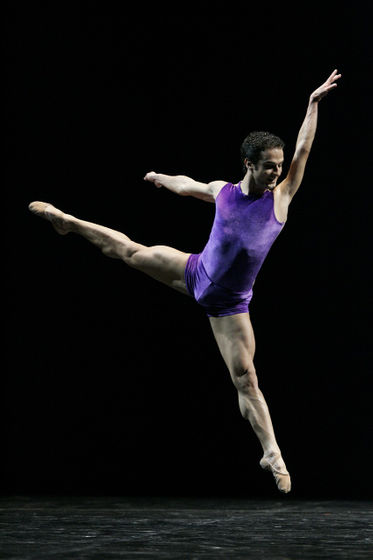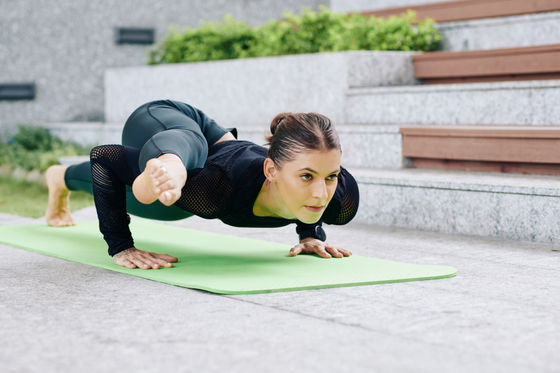What determines body flexibility?

Some people are astonishingly flexible, like ballet dancers and gymnasts, while others are so stiff that they struggle to bend over and put on their shoes. Scientific news site Live Science explained the reason why the joint range of motion is so different even though the skeleton is not different, based on the story of an expert.
What determines how flexible you are? | Live Science
https://www.livescience.com/health/exercise/what-determines-how-flexible-you-are
At the 13th International Symposium on Biomechanics in Sports held in 1995, Dr. Jason Holt of Dalhousie University, Canada and others said, ``Flexibility is an inherent property of body tissues, It determines the range of motion achievable without incurring injury to the herd.” In the presentation at this time, researchers point out that it is not only muscles and connective tissues that determine flexibility, but also how the person's skeletal structure is combined.

Experts say that some of the factors that determine flexibility are highly influenced by innate individual differences. “Flexibility is genetically inherited, including joint structure, muscle fiber length, and connective tissue flexibility,” said Stephen Dunn, a physical therapist at CORE Therapy & Pilates, a physical therapy clinic in Texas. It's affected by different characteristics that are different,' he told Live Science.
As an extreme example of genetic factors, there is also a disease called
Another factor that determines flexibility is age. Joints are supported by tendons, which connect bones and muscles, and ligaments, which connect joints. Collagen and elastin , proteins that are essential for the flexibility of these connective tissues, are needed as we age. It will decrease as you take it. In addition, sarcopenia, a phenomenon in which cartilage is worn down and damaged, and muscle is reduced with age, causes joints to become stiffer, so younger people generally tend to have a softer body than older people.
In addition, the softness of the body also differs depending on the gender. According to a study published in 2019, the female hormone estrogen increases the amount of collagen in connective tissue, so in general women's tendons and ligaments are more flexible and elastic than men's.

If flexibility is due to constitution or aging, it is not true that the flexibility of the body cannot be controlled by one's own strength. This is because exercise and stretching can improve flexibility and reduce the negative effects of a sedentary lifestyle.
In the short term, stretching relieves stiffness by stretching the muscles and tendons that connect the joints. A 2012
When you stretch a muscle suddenly, the muscle may unconsciously contract in the opposite direction. It is a protective response that protects against injury. This phenomenon is called the stretch reflex , and this is the reason why the leg stretches when the knee is tapped during a kick test.
According to Dunn, repeated stretching accustoms the nerves to the stimulation, increasing the range of joint movement without triggering the stretch reflex. This is the reason why stretching increases the range of motion of joints, but even if the same stretch is performed, the effect will vary from person to person.

The aforementioned IJSPT paper shows that stretching of any kind can increase flexibility. Stretching can be broadly divided into three types. The first is 'static stretching,' which stretches the muscles to their limit and maintains that state. The second is 'dynamic stretching,' in which joints are actively moved while stretching to the full range of motion .
In addition, stretching using 'centrifugal contraction', which stretches while contracting muscles like when stretching an arm with a dumbbell, also increases flexibility. Low-impact exercises such as yoga and Pilates allow you to perform these different stretches, which can help improve joint range of motion, Live Science said.
Related Posts:
in Science, Posted by log1l_ks







